How to Prevent Eye Damage from Phones - A Guide for Parents
Today, kids depend on their phones for many daily activities, including homework and entertainment. But the truth is, the more time children spend on their phones, the higher the risk of eye damage. A study published on PubMed has even linked frequent exposure to screens with myopia.
As a parent, you may now be wondering - how do I protect my kid's eyes from phone screens? Well, in this blog, I've compiled several tips for protecting your children's eyes from phone screens.
How Phones Affect A Child's Eyes
Children's eyes are still developing, which makes them more vulnerable to screen-related problems. When kids spend long hours looking at a phone, their eyes focus closely on a small, bright screen. Over time, serious issues occur, such as eye strain, dry eye, astigmatism, and myopia.
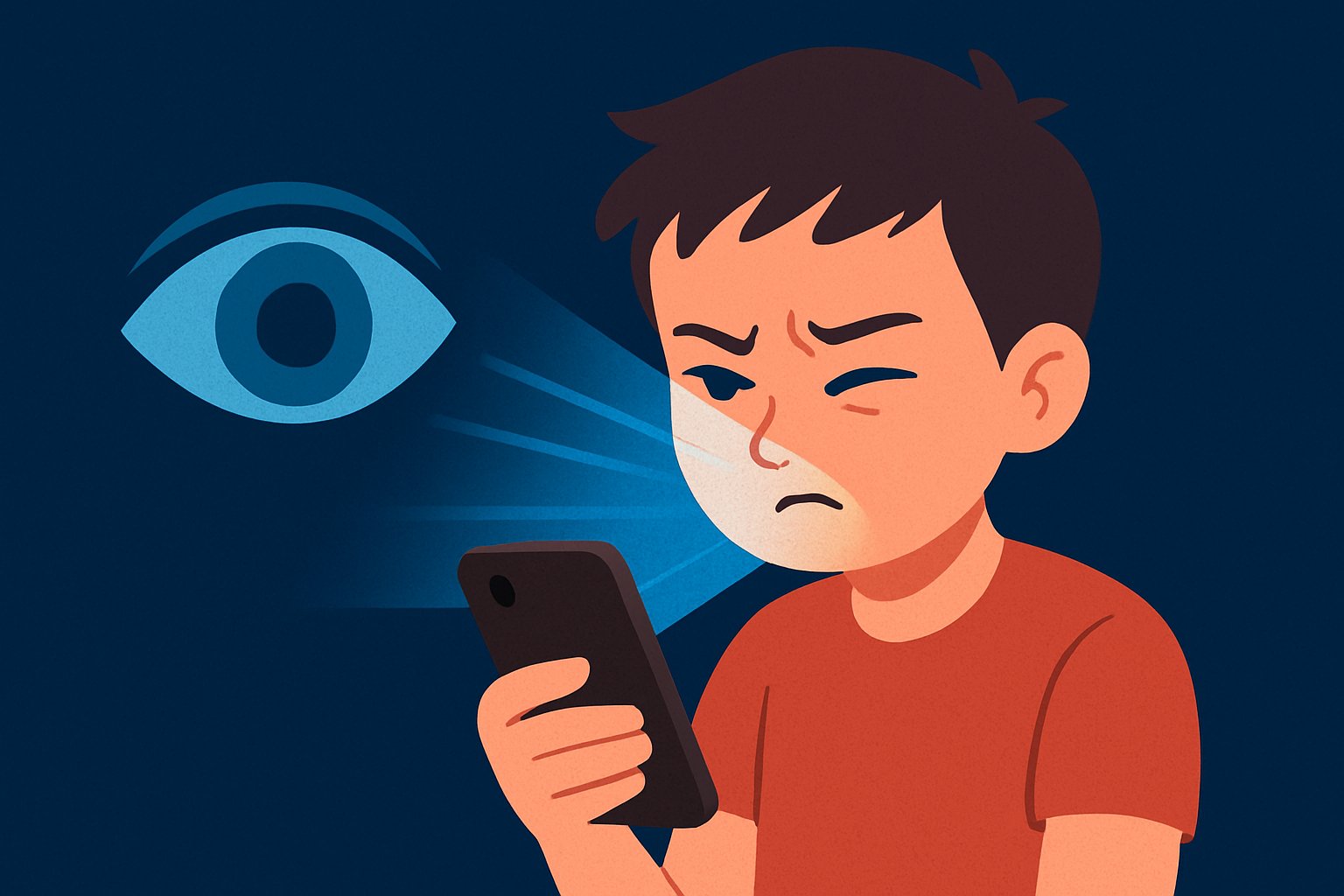
So, how can phone screens gradually affect their child's vision?
Blue-light Emission
Phone screens emit high-energy blue light that penetrates the eye and reaches the retina. That is, too much exposure harms the eyes.
Constant Close-Up Focus
Most times, when a child holds a phone, they bring it too close to their faces. This habit narrows their field of view and makes the eye muscles work harder than usual. Over time, it led to myopia.
Reduced Blinking
According to a study by Dove Medical Press, staring at screens drops blink rates. Since blinking can hydrate and nourish the cornea, less blinking for a long time can cause dry eye.
Tips to Protect Eyes from Phone Screen
Now that you know that frequent exposure to screens is harmful to your children's eyesight, let's look at different ways to protect them.
| Ways | Detailed Tips |
|---|---|
| 👀Adjust Screen Settings | |
| 📱Create Phone Usage Rules | |
| 🛋️Optimize Environments | |
| 🛝Utilize Lifestyle Approaches |
1Adjust Screen Settings
If you want to prevent your child's phone screen from damaging their eyes, consider adjusting their screen settings. These settings include:
Increase Text Size
Use a bigger and extra-large text size with a legible font, instead of a small one. This option won't make your children squint or move their phone closer to read. To change text size on phones:
- Step 1.Go to "Settings" and select "Display."
- Step 2.Click on "Font Size & Style"
- Step 3.Then, move the slider beyond the middle.
- Step 1.Open the "Settings" app.
- Step 2.Select "Display & Brightness."
- Step 3.Choose "Text Size" and move the slider beyond the middle.
- Step 4.You can also apply bold text for your kids.
Use a Warmer Color Screen
The appearance of your screen also has a far-reaching impact on the eye. Instead of those cool bluish screen tones, opt for warmer color screen tones as they reduce blue light.
- Step 1.Go to "Settings" and select "Display."
- Step 2.Turn on the "Eye Comfort Shield" toggle.
- Step 3.You can also set "Screen Mode" to "Vivid" and make it warmer.
- Step 1.Open "Settings" and go to "Display & Brightness."
- Step 2.Tap on "Night Shift and turn it on.
Auto Dark Mode
Exposure to a white, bright screen when it is dark can harm the eye. That's why you need to turn on auto dark mode for your kids. This mode automatically switches the phone screen to a darker theme at night, thereby reducing glare and harsh intensity.
To schedule this mode on your kid's phone, follow the steps below:
- Step 1.Go to "Settings > Display."
- Step 2.Tap on "Dark Mode Settings."
- Step 3.Tap on "Turn on as Scheduled."
- Step 1.Go to "Settings > Display & Brightness."
- Step 2.Under "Appearance," turn on the "Automatic" switch.
Auto Screen Brightness
By its name, this setting automatically adjusts the brightness of your child's screen based on their environment's lighting conditions. With this enabled, eye strain and fatigue can be reduced greatly.
By default, both iOS and Android devices can adjust brightness levels by using an ambient light sensor.
2Create Phone Usage Rules
Besides some basic phone settings, setting clear rules for phone usage among your children is also important. Some effective rules you can enforce are:
Teach 20-20-20 Rule
Introduced by Doctor Jeffrey Ansel in the early 1990s, the 20-20-20 rule is one of the effective ways to protect the eye from being damaged after long screen time exposure.
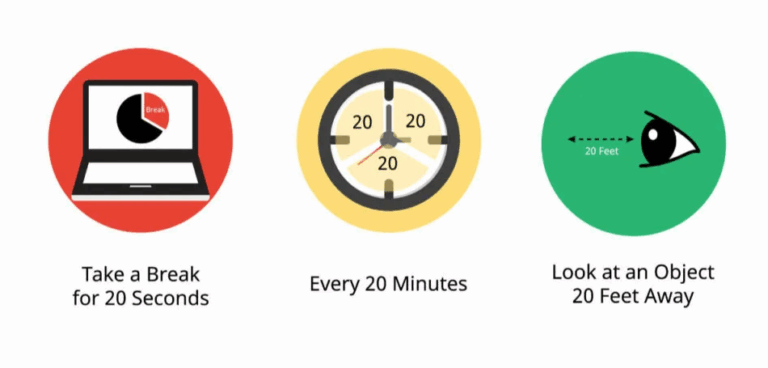
The rule states that, for every 20 minutes you spend looking at a screen, you should try to take a 20-second break to look at something 20 feet away.
A study shows how the 20-20-20 rule significantly improves tear film stability and dry eye symptoms among individuals who spend long hours on screen.
Maintain a Proper Viewing Distance
As we mentioned earlier, staring at a phone screen too close can put pressure on the eye muscles. To prevent this, ensure your child holds their phone at an ideal distance.
The American Academy Ophthalmology recommends the viewing distance should be around 13 to 20 inches, usually about one forearm's length away.

Set Screen Time Limits or Downtime
Encouraging your child to take regular breaks from phone use is one of the simplest ways to reduce eye strain and help the eyes rest naturally.
Currently, both Android's Digital Wellbeing and iPhone's Screen Time let you set app limits or schedule downtime. However, these built-in tools are easy for kids to bypass.
If you'd like more control, apps like AirDroid Parental Control can help. It works well on both Android and iOS devices to help build healthy digital habits.
For best practice, you can schedule downtime (block phone access) in the evening to reduce late-night screen exposure, which is especially harmful to young eyes.
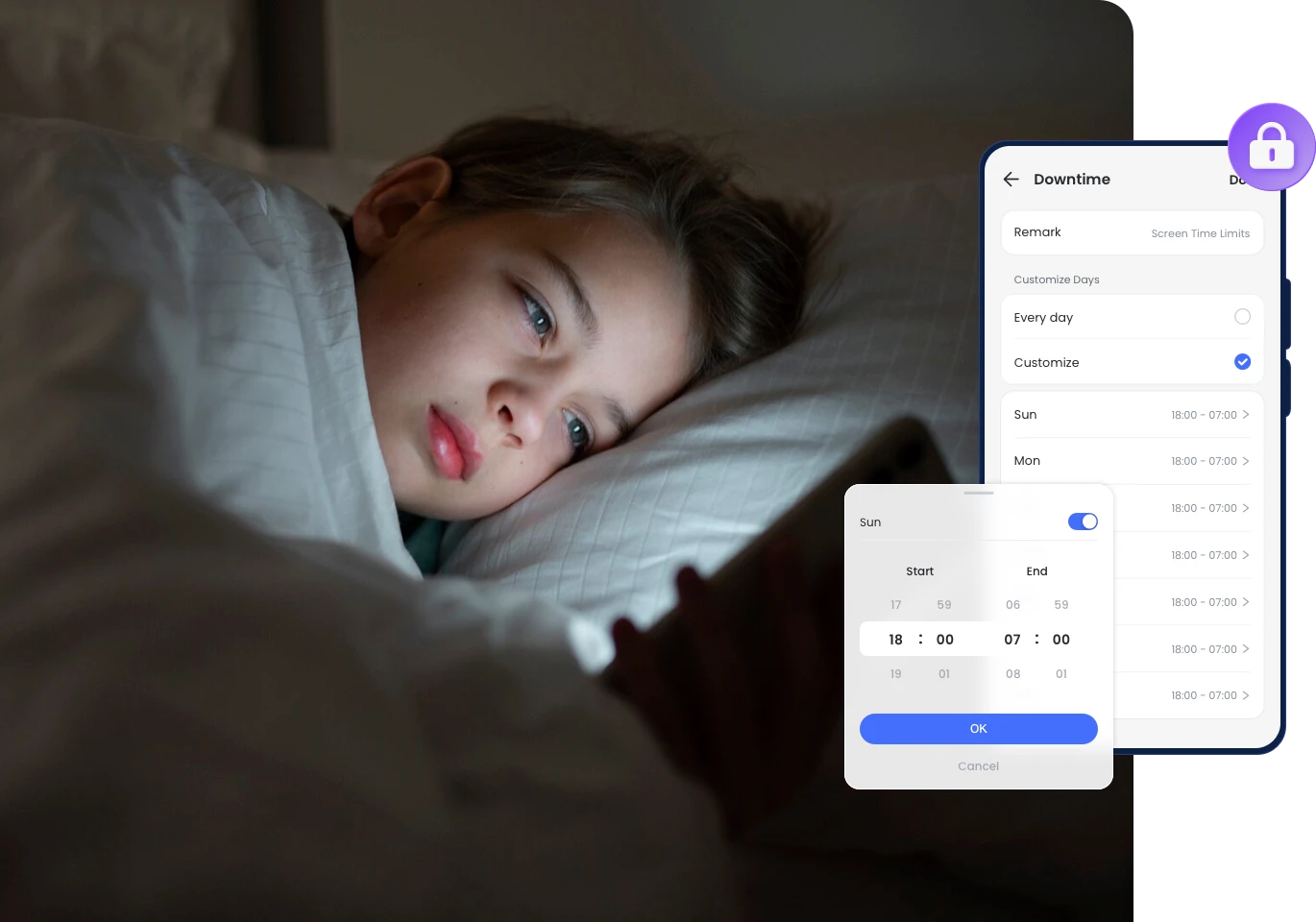
Encourage Eye Exercises
You should also encourage your children to participate in eye exercises daily. Daily eye exercise helps your children relax and refresh their eye muscles after long screen use. Some simple exercises include:
| Exercise | Description |
|---|---|
| Figure Eight Exercise | Imagine a large 8 on the wall and start tracing it slowly with your eyes for about 30 seconds. |
| Eye Rolling | Roll eyes in a clockwise direction, then counterclockwise. |
| Eye Shifting | Look up, then down, left, and right—without moving the head. |
3Optimize Environmental Conditions
The condition of your environment also plays a crucial role in the proper functioning of your children's eyes. That said, you can optimize your environment condition by:
Ensure Adequate Ambient Lighting
Always keep adequate lighting in your home when your child is doing homework, using digital devices, or watching TV. If it's necessary, buy a desk lamp instead of harsh overhead lighting to reduce glare. Additionally, encourage them to keep a night light on when they're using devices at night.
Use Humidifiers to Keep Eyes Moist
Consider using a humidifier in your home to keep your children's eyes moist. Once their eyes are moist, they'll be free of irritation and the burning sensation associated with dryness.
4Utilize Lifestyle Approaches
You can also leverage lifestyle approaches to protect your kid's eyes from phone screens. This approach includes:
Encourage Outdoor Activities
Research has shown that some outdoor activities like jogging, hiking, and even walking can speed up eye blood circulation and promote metabolism. These processes give your child's eyes a real break from constant screen time, helping soothe eye fatigue and eliminate strain.
Nutrition for Healthy Eyes
Some food and supplements, especially those that are rich in antioxidants, omega-3 fatty acids, zinc, and vitamins A, C, and E, can help protect against the harmful effects of phone screens. Examples of these foods include:
- Carrots
- Egg yolk
- Salmon and sardines
- Oranges
- Almond
- Nuts and Blueberries
Warning Signs That Your Child May Have Myopia
While these tips can help reduce eye strain, it's still important to watch for early signs of vision problems, which makes a big difference in protecting your child's eyesight.
If you're ready to find out, below are some signs to look out for:
- Squinting to See Something: This is a red flag. By squinting, kids slightly narrow their eyelids, which blocks some light and creates a "pinhole effect." This can briefly sharpen what they see, even if their eyesight isn't perfect.
- Sitting Too Close to Screens: If you notice your kids start sitting very close to the TV and they resist moving farther, there is a high chance they can't see clearly from a distance.
- Frequent Eye Blinking or Rubbing: When myopia sets in, the individual struggles to focus on distant objects. This difficulty in focusing often results in eye strain, which can lead to discomfort. As a result, they may start rubbing or blinking their eyes excessively.
Once your children start exhibiting any of the signs above, don't hesitate to schedule eye checkups or tests for them.
FAQs about Screen and Eyes



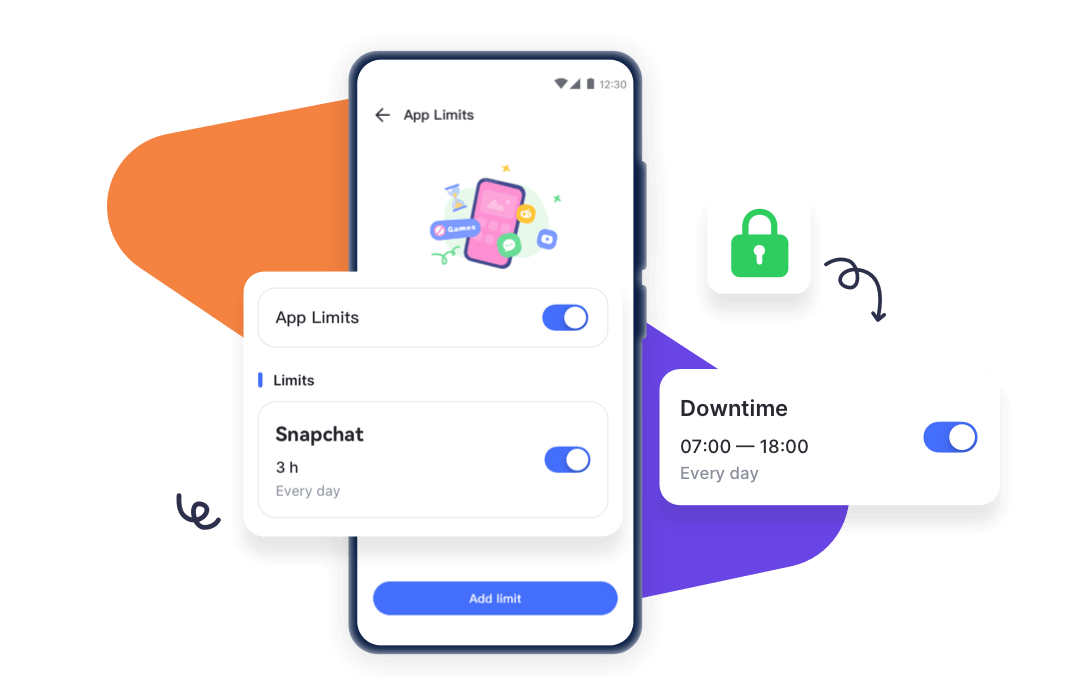





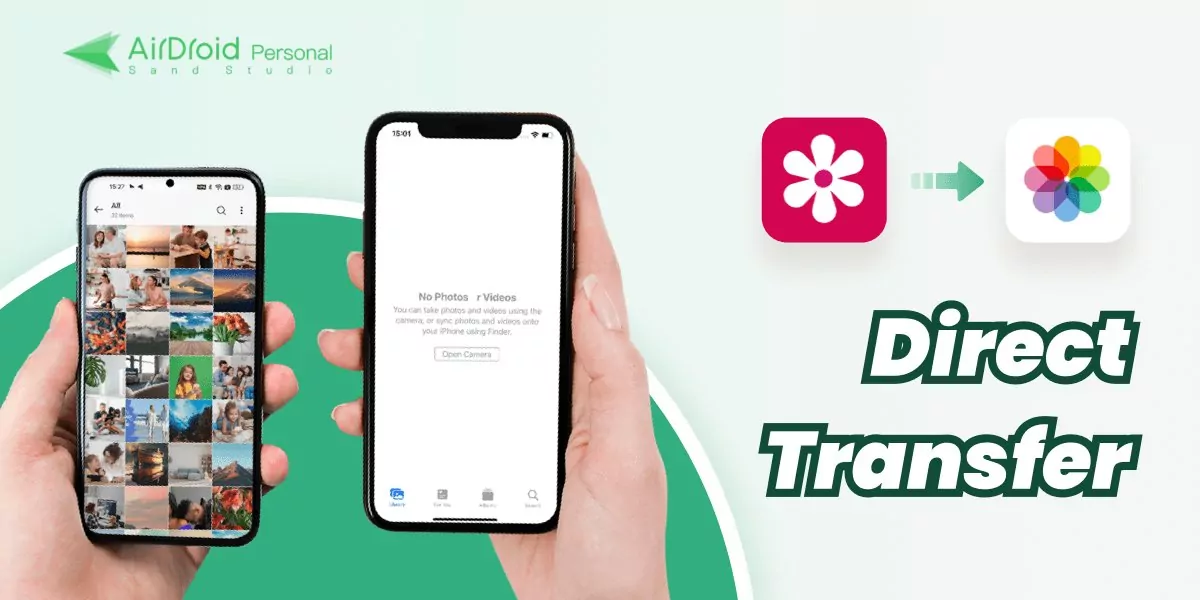

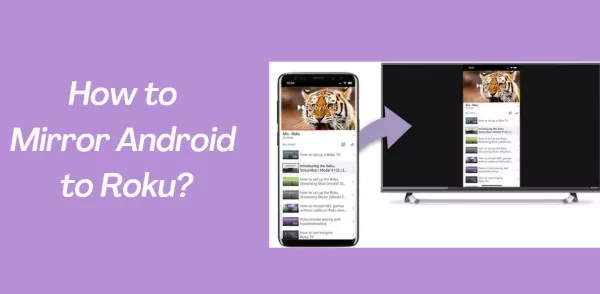

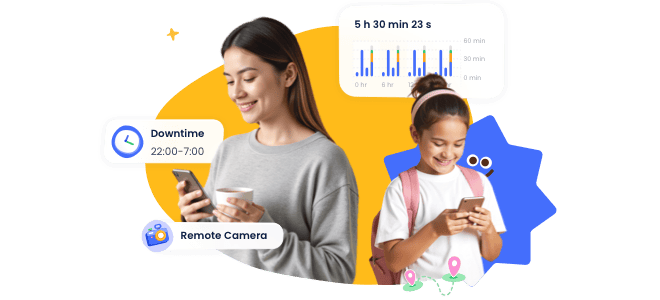

Leave a Reply.